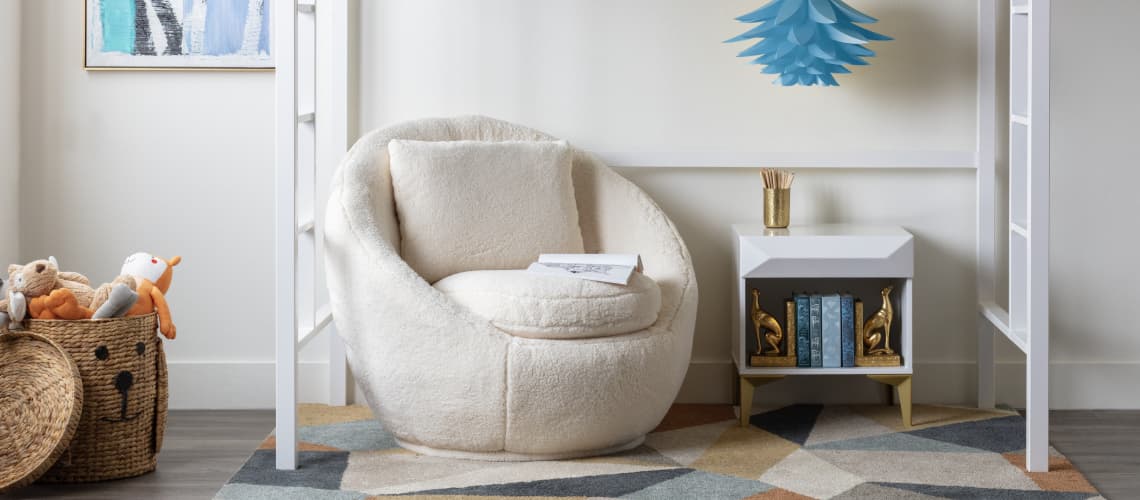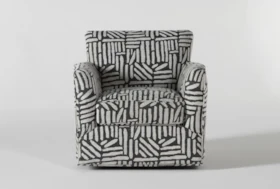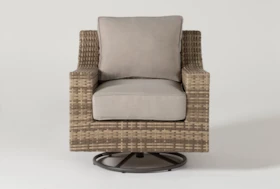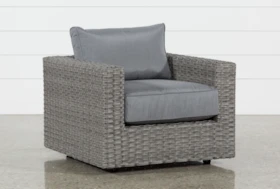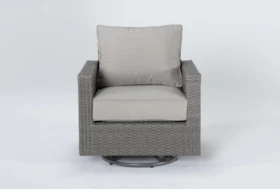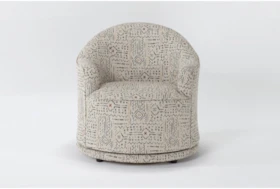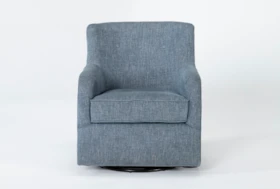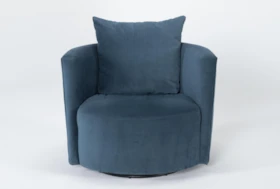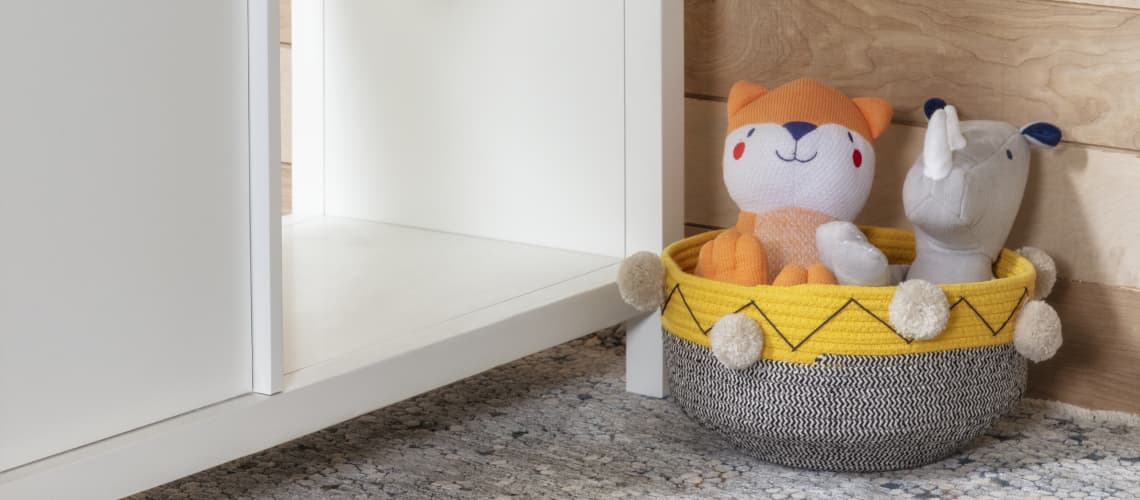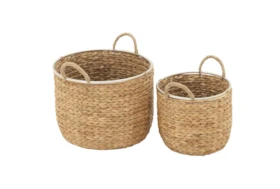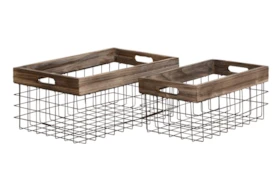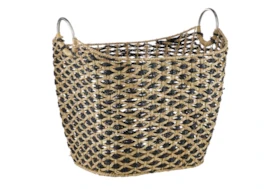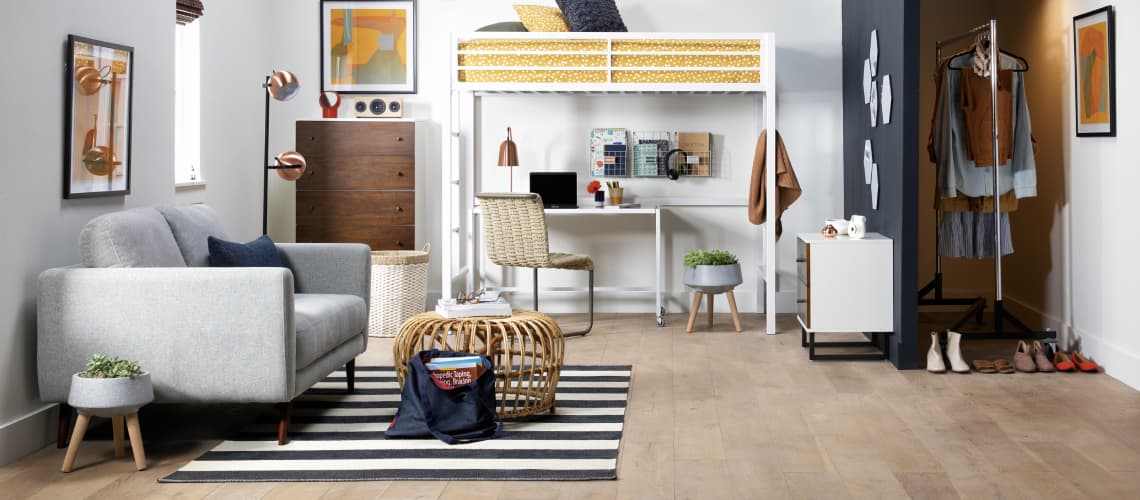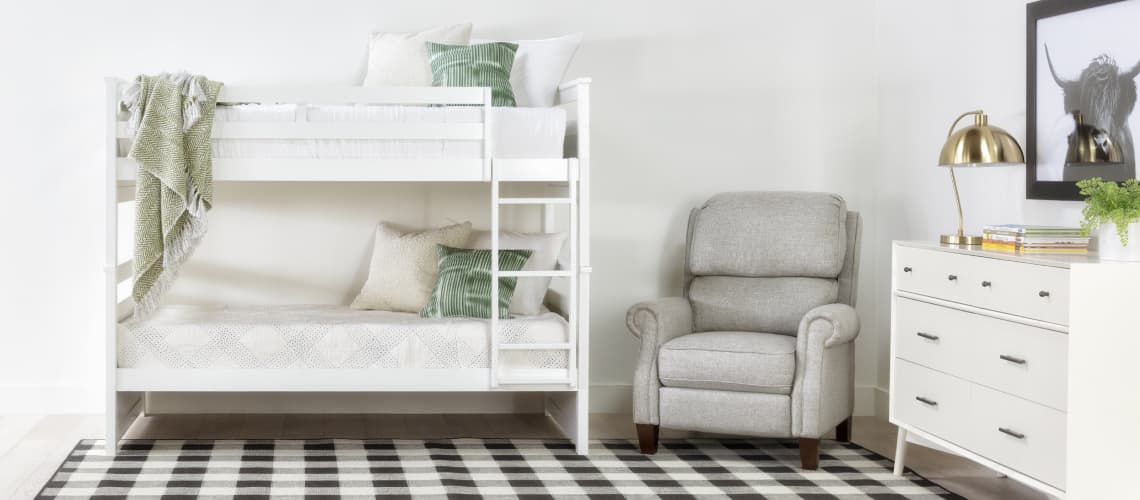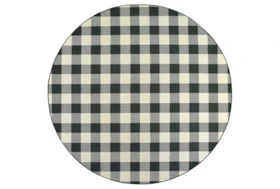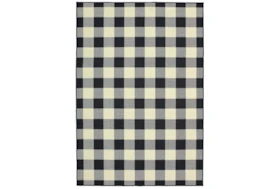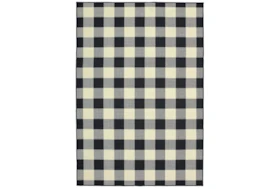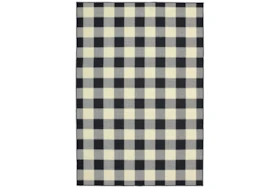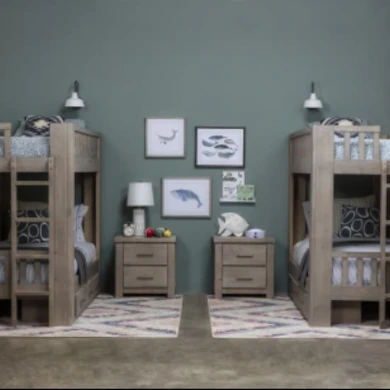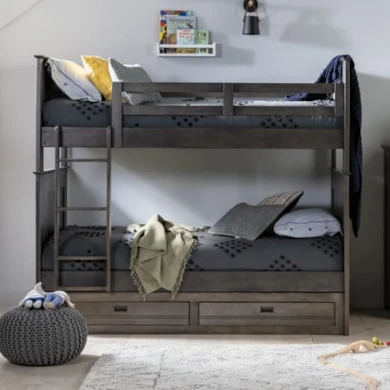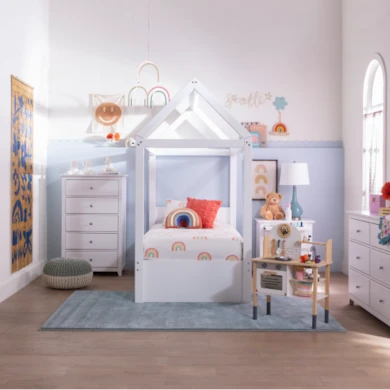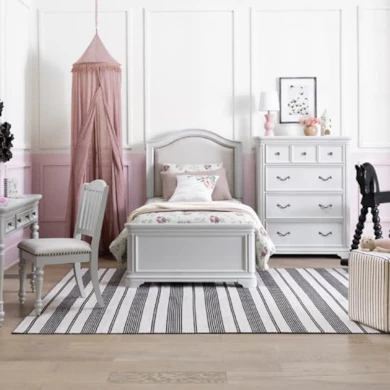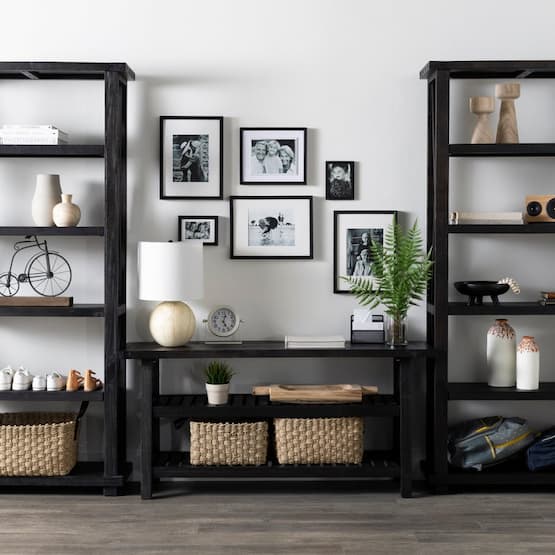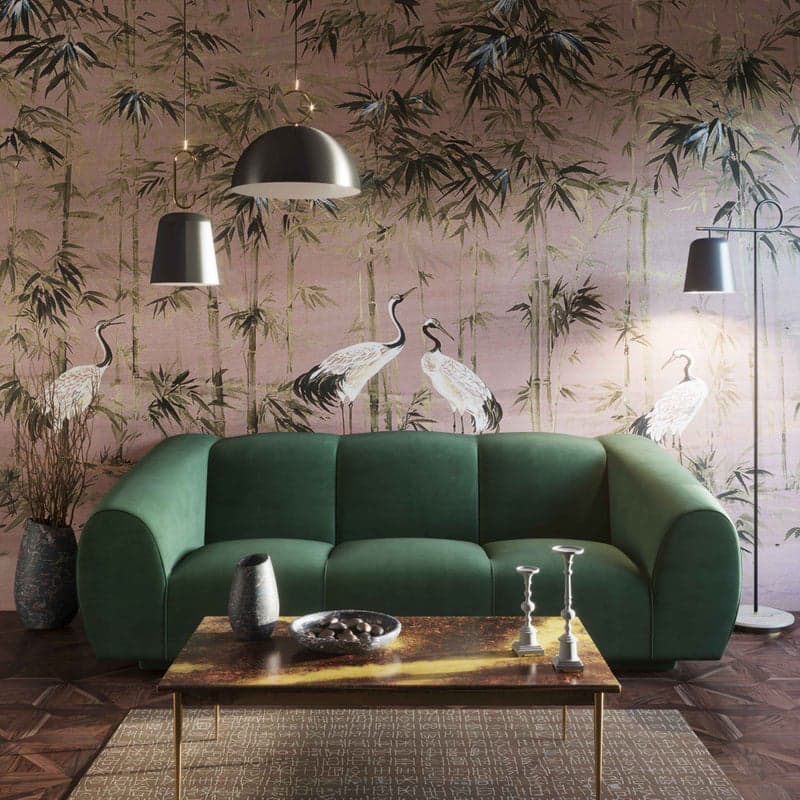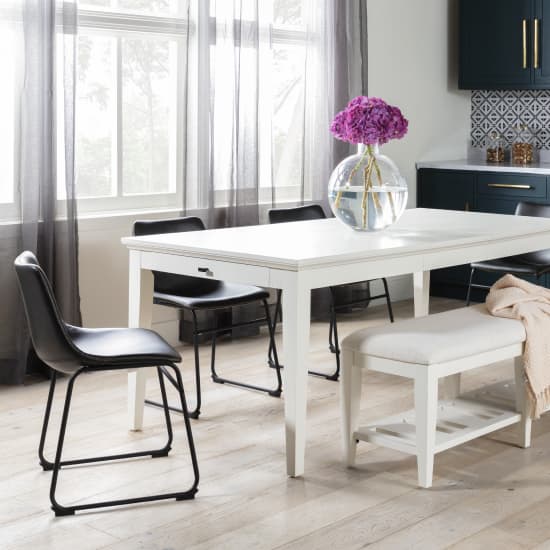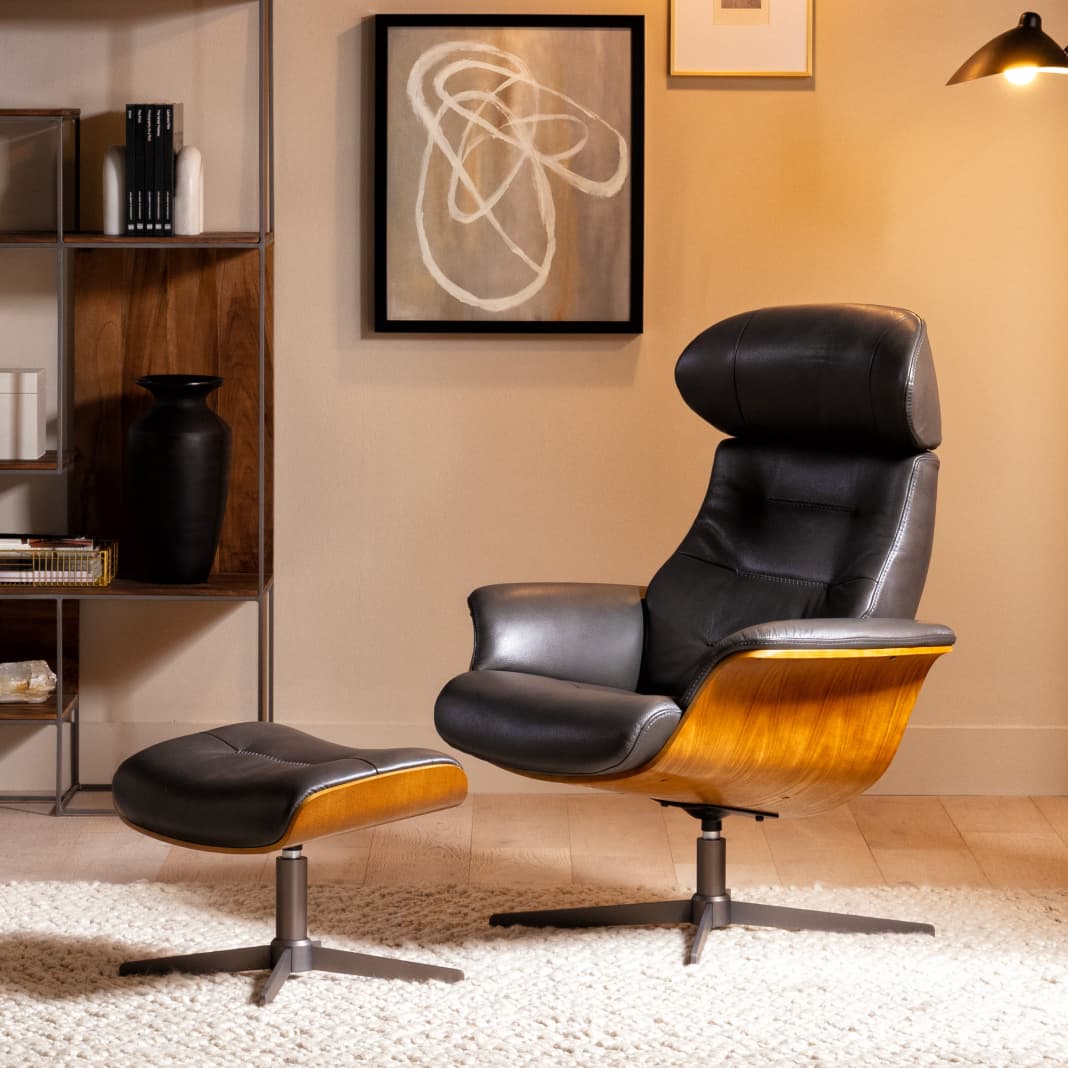Calming Corners for Toddlers: How to Create the Perfect “Antarctica”
Children have strong emotions but often are too young or inexperienced to recognize and understand how to process them. Without proper guidance on how to handle those big feelings, they can become overwhelmed and develop a tantrum or lash out in other ways.
Help your child learn how to manage their emotions by creating a safe and quiet space they can go to when they are dealing with heightened emotions or sensory overload. Whether you call it a calm down corner, chill-out zone, or Antarctica, at the end of the day, this is a space that’s peaceful, tucked-away and designed for focus and reflection. Here are our top tips for creating one at home!
What Is a Calming Corner?
A calming corner is a space that you have set aside for your child to use when they are feeling overburdened by their emotions. The calming corner should be situated in a quiet place away from noise and chaos.
It's a great place to help diffuse tantrums and allow your child time to understand how they are feeling and work toward self-regulating their emotions. Your calming corner should be comfortable and promote a feeling of security so your child is able to calm their body and mind while letting out their emotions safely.
Tips to Create One
Get your child's help when you create the calming corner so they feel at ease and engaged while using it. You can easily block off a corner of a room with a bookcase for privacy, or create an indoor fort. It can be as simple or elaborate as you wish. Here are a few suggestions to include:
- Soft floor mats or rugs
- Blankets and pillows
- A place to sit such as a desk with a chair, a beanbag, or pouf
- Fidget spinners and stress balls
- Sensory play like sand and water toys
- Table or easel with supplies for arts and crafts
- Cuddle toys and stuffed animals to provide comfort
- A visual focus object for breathing exercises, such as a pinwheel
- Mindfulness and journal activities for older children
Keep your calming corner clean and tidy to promote relaxation and avoid further distractions or anxiety. Once your child has regained control of their emotions, talk about what they felt and experienced.
Benefits for Your Children
You will soon discover that a calming corner has a host of benefits and can be much more effective than putting your child in timeout. When used properly, it can prevent meltdowns and extreme temper tantrums. This allows you to open up calm communication with your child to discuss how they feel, instead of shouting at them for misbehavior.
Calming corners can also teach children how to identify their feelings, self-soothe, and gain greater awareness to control their impulsive behaviors. Using this method shows your children that it is safe and acceptable to feel strong emotions, and gives them a constructive way to process and manage those emotions.
When you encourage your child to use the calming corner and approach the technique with structure and consistency, they will begin to build self-esteem and become happier and healthier.
When to Use It
It's essential that you use the calming corner appropriately. You need to present it as a positive tool that can help your child relax. It should never be used as a punishment.
Pay attention to your child's behavior and speech patterns. Learn the signs that they are becoming agitated, such as a raised voice or clenched fists. Encourage them to use the calming corner at these early stages, before they are out of control. Soon your child will associate the safe space you have provided with feeling better and may even seek it out on their own.
Creating a calming corner in your home is a wonderful way to take a sensitive and proactive approach to meeting your child's emotional needs. All you need is a little time and imagination combined with some cozy furniture and favorite toys. When you teach your kids how to manage their feelings in a healthy way early on, they will grow up to be more well-adjusted and balanced individuals.
— More Great Articles —
Calming Corner Ideas
Read the Latest
Editorial Disclaimer: Articles featuring tips and advice are intended for educational purposes and only as general recommendations. Always practice personal discretion when using and caring for furniture, decor and related items.
